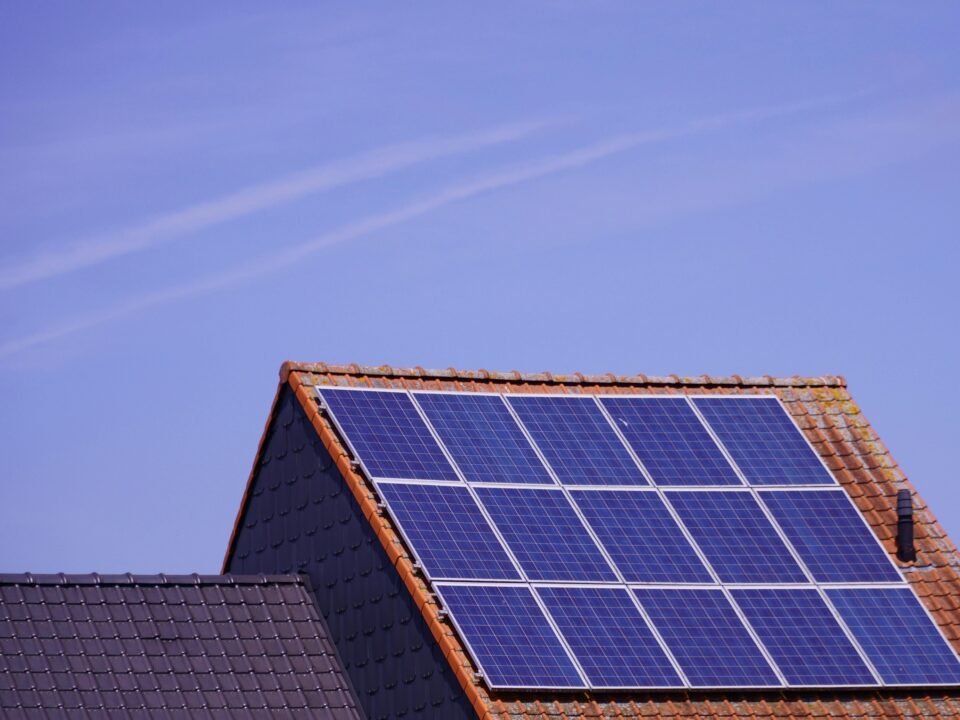In the quest for sustainable living and energy efficiency, homeowners and builders are turning to innovative technologies that harness the natural power of the Earth. One such breakthrough is the use of geothermal water in home heating and cooling systems. Unlike traditional HVAC systems that rely heavily on fossil fuels, geothermal water systems use the Earth’s stable underground temperatures to maintain comfortable indoor climates year-round. But how exactly does this technology work, and why is it gaining so much traction in both residential and commercial spaces?
Let’s explore how geothermal water is not only transforming the way we heat and cool our homes but also reducing energy bills and our carbon footprint in the process.
What is Geothermal Water?
Geothermal water refers to naturally heated water found beneath the Earth’s surface. This water is warmed by the planet’s internal heat, often reaching temperatures of 100°F to over 200°F depending on depth and location. While geothermal resources are commonly associated with volcanic areas or hot springs, even relatively moderate geothermal temperatures can be harnessed effectively for heating and cooling.
When used in geothermal heat pump systems, this naturally heated or stable-temperature water becomes a powerful, renewable energy source for regulating indoor climates.
How Geothermal Heating and Cooling Systems Work
At the heart of a geothermal system is a ground-source heat pump (GSHP). These systems use underground pipes—called ground loops—that circulate fluid, often a mixture of water and antifreeze. There are two main types of ground loops:
- Closed-loop systems, where the same fluid circulates in a sealed network of pipes.
- Open-loop systems, where geothermal water is directly pumped from an underground well, circulated through the heat pump, and then returned to the source or discharged elsewhere.
Here’s how the system works through the seasons:
- In winter, the heat pump draws thermal energy from the Earth via the geothermal water or fluid in the loop and transfers it indoors for heating.
- In summer, the process is reversed—the system extracts heat from the home and releases it into the cooler Earth.
This approach is highly energy-efficient because the Earth’s subsurface temperatures remain relatively stable year-round, unlike fluctuating outdoor air temperatures.
The Advantages of Using Geothermal Water
1. Unmatched Energy Efficiency
Geothermal heating and cooling systems can achieve efficiency rates of 300-600%, meaning they deliver three to six units of heat for every unit of electricity consumed. In contrast, even the best gas furnaces are only about 95% efficient. The consistent temperature of geothermal water makes this high efficiency possible.
2. Lower Operating Costs
Although installation costs for geothermal systems can be higher than traditional HVAC systems, the long-term savings are substantial. Homeowners typically see a 30-70% reduction in heating bills and a 20-50% reduction in cooling costs. Over time, this makes geothermal water systems a financially smart choice.
3. Eco-Friendly Heating and Cooling
Because they use a renewable resource and emit no onsite carbon emissions, geothermal water systems dramatically reduce your home’s environmental impact. In fact, the U.S. Environmental Protection Agency (EPA) has stated that geothermal heat pumps are among the most energy-efficient and environmentally clean heating and cooling systems available today.
4. Quiet Operation and Low Maintenance
Geothermal systems are typically quieter than conventional systems, as they don’t require noisy outdoor compressors or fans. Additionally, because much of the system is underground, it’s protected from weather and wear, resulting in lower maintenance requirements and a longer lifespan—up to 25 years for indoor components and 50+ years for ground loops.
5. Versatile Applications
Geothermal water can be used not only for space heating and cooling but also for domestic hot water, pool heating, and even snow melting on driveways. This makes it a flexible and comprehensive solution for year-round energy needs.
Real-World Success Stories
Many homeowners across the globe are experiencing firsthand the benefits of geothermal water systems. In regions like the Pacific Northwest, Iceland, and New Zealand—where geothermal water is readily accessible—entire communities rely on it for heating and hot water.
In the U.S., places like Boise, Idaho, have tapped into natural geothermal aquifers for city-wide heating systems. Meanwhile, individual homes in suburban neighborhoods are installing personal geothermal wells, combining sustainability with self-sufficiency.
Common Misconceptions About Geothermal Water Systems
Despite their many benefits, some misconceptions still persist:
- Myth: Geothermal systems only work in hot spring areas.
Reality: While naturally hot water sources are ideal, geothermal systems can work virtually anywhere, using stable underground temperatures rather than heat alone. - Myth: They’re too expensive to install.
Reality: Initial costs are higher, but federal and state incentives—like tax credits and rebates—make them more affordable. Plus, energy savings typically pay back the investment within 5–10 years. - Myth: Installation is too invasive.
Reality: Newer technologies allow for vertical drilling or horizontal trenching, minimizing disruption to landscaping and property.
Future Outlook: Why Geothermal Water is Gaining Momentum
As governments and homeowners seek alternatives to fossil fuels, geothermal water is positioned to play a major role in the future of home energy. Advancements in drilling technology, improved heat pump efficiency, and growing public awareness are driving adoption rates upward.
In many areas, incentives and subsidies are helping to bridge the gap between upfront cost and long-term savings. For example, the U.S. offers a 30% federal tax credit for geothermal system installations through 2032, which can significantly reduce the financial burden for homeowners.
Additionally, integrating smart thermostats and home energy management systems with geothermal technology is making it even easier to monitor and optimize performance.
Is Geothermal Water Right for Your Home?
If you’re considering a home renovation or building a new property, now is a great time to explore geothermal water systems. Key factors to consider include:
- Available land for drilling or trenching
- Local climate and soil conditions
- Access to qualified geothermal contractors
- Eligibility for rebates and tax incentives
Working with an experienced geothermal installer will help you determine the best design for your property and energy needs.
Final Thoughts
Geothermal water is changing the landscape of home heating and cooling—quietly, cleanly, and efficiently. By tapping into the Earth’s natural resources, homeowners can enjoy consistent comfort, significant energy savings, and peace of mind knowing they’re reducing their environmental impact.
As we look toward a more sustainable future, geothermal technology stands out as one of the most promising and practical solutions for everyday living. Whether you’re motivated by eco-conscious values or simply want to lower your utility bills, geothermal water could be the key to a smarter, greener home.



